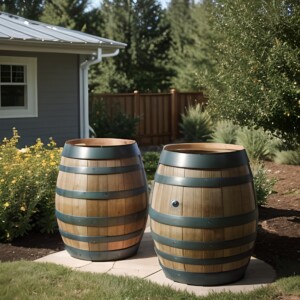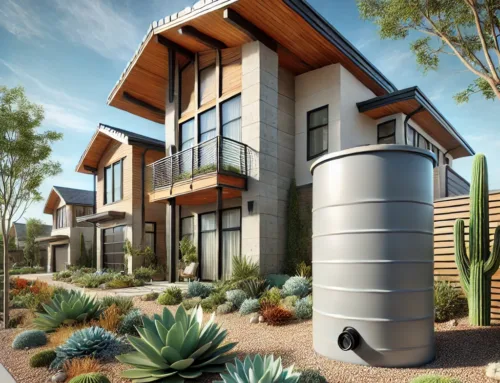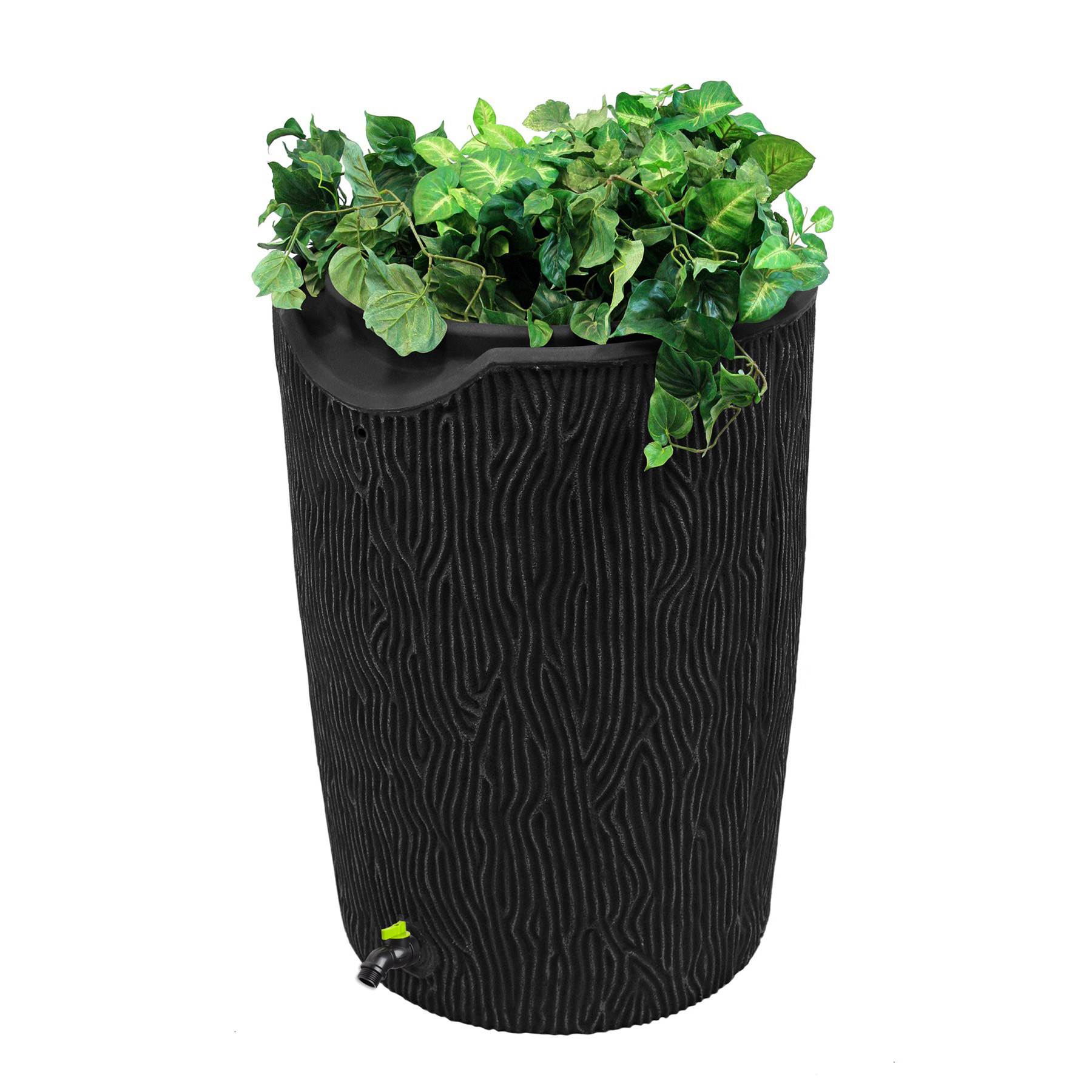 Colorado, a state known for its stunning landscapes and diverse climate, faces unique challenges when it comes to water resources. With its semi-arid climate, water conservation and efficient utilization are crucial for both urban and rural areas. Rain reclamation and collection, an innovative and eco-friendly approach, offers a promising solution to the water-related challenges that Coloradoans encounter. In this blog post, we’ll explore the incredible potential of rain reclamation and collection ability in Colorado while providing you with essential information on the topic.
Colorado, a state known for its stunning landscapes and diverse climate, faces unique challenges when it comes to water resources. With its semi-arid climate, water conservation and efficient utilization are crucial for both urban and rural areas. Rain reclamation and collection, an innovative and eco-friendly approach, offers a promising solution to the water-related challenges that Coloradoans encounter. In this blog post, we’ll explore the incredible potential of rain reclamation and collection ability in Colorado while providing you with essential information on the topic.
Why Rain Reclamation and Collection Matters in Colorado
- Water Scarcity
Colorado, often referred to as the “Centennial State,” boasts incredible natural beauty, but it’s also characterized by varying levels of water scarcity. Its arid and semi-arid regions, including the Eastern Plains and Western Slope, receive limited annual precipitation, making it imperative for residents to efficiently manage and conserve water.
- Sustainable Water Management
Sustainable water management is at the forefront of Colorado’s environmental efforts. Rain reclamation and collection can significantly reduce the strain on traditional water sources, such as rivers and reservoirs. This approach encourages the use of rainwater as an additional, sustainable source for various purposes, from landscape irrigation to domestic use.
Benefits of Rain Reclamation and Collection
- Decreased Water Bills
One of the most immediate benefits of rain reclamation and collection is a reduction in water bills. By using collected rainwater for irrigation and non-potable purposes, homeowners and businesses can save substantial amounts of money.
- Drought Resilience
Rainwater collected during wet periods can be stored for use during droughts. This provides a much-needed source of water when traditional water supplies are scarce.
- Reduced Demand on Municipal Water Systems
Colorado’s cities and towns can benefit from rain reclamation by reducing the demand on municipal water systems. This helps prevent over-extraction of water from rivers and aquifers, preserving natural ecosystems and reducing the risk of water shortages.
- Enhanced Landscaping
For gardeners and landscapers in Colorado, rain reclamation can be a game-changer. Using rainwater for irrigation ensures that plants and lawns receive a consistent source of water, resulting in healthier and more vibrant landscapes.
Rain Reclamation and Legal Aspects
Before diving into rain reclamation, it’s essential to understand the legal aspects. In Colorado, rainwater collection is legal for non-potable uses, such as landscaping and irrigation. However, it’s essential to check with local regulations, as they can vary. In some cases, you may need to obtain a permit for rainwater harvesting systems.
 Getting Started with Rain Reclamation
Getting Started with Rain Reclamation
- Roof Collection Systems
The simplest way to begin rain reclamation is by installing a roof collection system. These systems capture rainwater from your roof and direct it into storage tanks or cisterns.
- Storage Tanks
Invest in high-quality storage tanks to store collected rainwater. These tanks come in various sizes to suit your needs. Ensure that the tanks are properly sealed and maintained to prevent contamination.
- Filtering and Treatment
To ensure the quality of the collected rainwater, it’s important to include a filtration and treatment system in your setup. This will remove debris and contaminants, making the water suitable for your intended uses.
Conclusion
Rain reclamation and collection in Colorado is an eco-friendly and cost-effective way to address the state’s water challenges. By harnessing the power of rainwater, residents and businesses can reduce water bills, become more self-reliant during droughts, and contribute to a more sustainable future. Remember to stay informed about local regulations and consult with experts to get started with rain reclamation, and you’ll be on your way to a more water-efficient and resilient Colorado.






